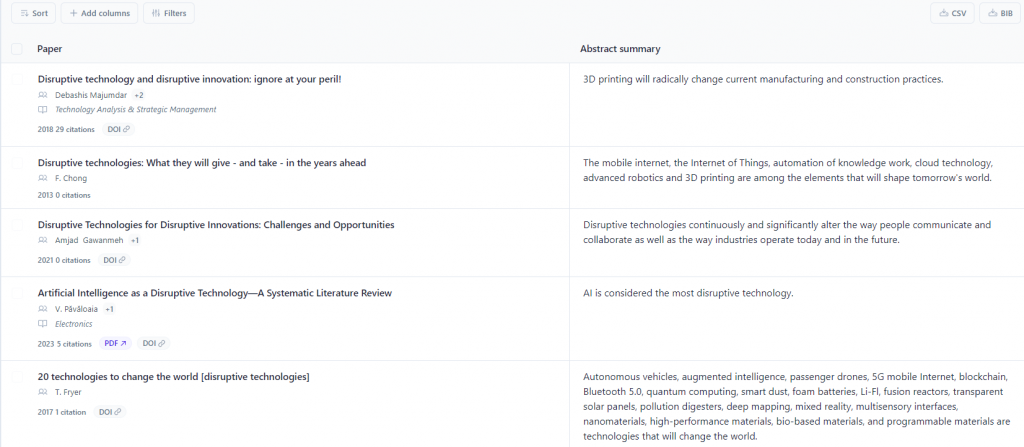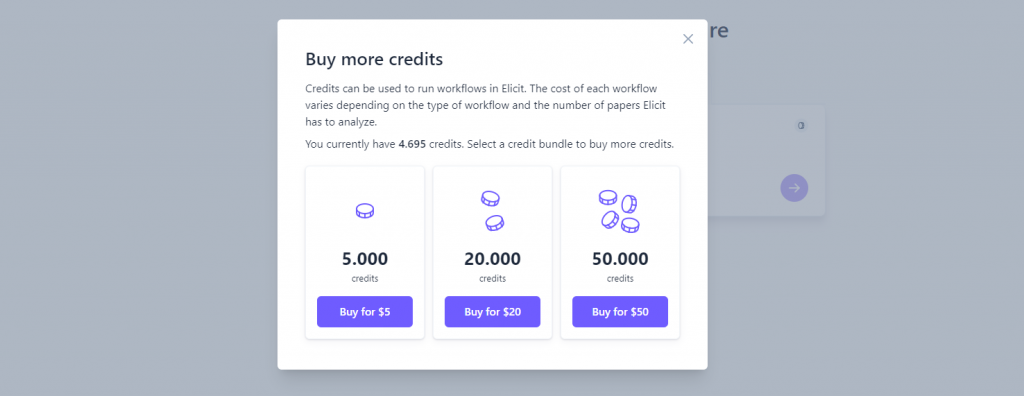Generative AI tools such as ChatGPT, Dall-E, and Midjourney have found a place in the academic and educational landscape, offering support for student and researchers. In this post, I am sharing my experiences with Elicit.com, a tool that applies language models to assist researchers and students in finding and summarizing research papers.
ChatGPT 3.5, a popular tool offering text-to-text conversions, is increasingly used to assist in writing assignments and papers. However, it lacks direct access to academic databases and articles. Instead, it generates responses based on information within its general knowledge base, which is current up to September 2021. This may lead to inaccuracies when searching for relevant academic content.

During one of my electives last year, I was introduced to Elicit.com. After submitting your research questions, Elicit develops a list of the most related articles and offers a summary including findings of the top four papers. Like Google Scholar, it provides insights into each article’s prominence by sharing the number of citations of the article in further research. Furthermore, it displays the article title, authors, the journal it was published in, and an abstract summary per article. Often the platform is able to provide a link to a PDF version of the paper, as well as the DOI link.

Since September this year, my experience with Elicit has been mixed. At times it delivered precisely what I needed to support my academic work. However, in many cases it presents articles and papers that lack prominence and reliability required to support my academic work. In most of these cases, turning to Google Scholar delivered me better results.

Part of this issue is likely my own prompts. Like ChatGPT, I realized that understanding Elicit requires more time and better understanding of how to structure my queries best. Despite the challenges, I am still convinced of Elicit’s potential. It has definitely helped me in several instances by providing valuable results that I used in my work.
When further examining the platform, I discovered that Elicit operates on a credit-based payment model. When creating an account, you receive an initial amount of credits. Each workflow costs you a specific number of credits, depending on the amount of papers the platform has to analyse.
Despite actively using Elicit since September, I still have over 4000 credits remaining as can be seen in the picture below. A typical workflow costs less than 100 credits, allowing me to run over 50 additional questions. I find the pricing of credits pretty reasonable. It is interesting to see that, unlike ChatGPT 4, Elicit doesn’t use a subscription payment model. However, I highly doubt whether I will ever pay for Elicit’s platform in the future.


